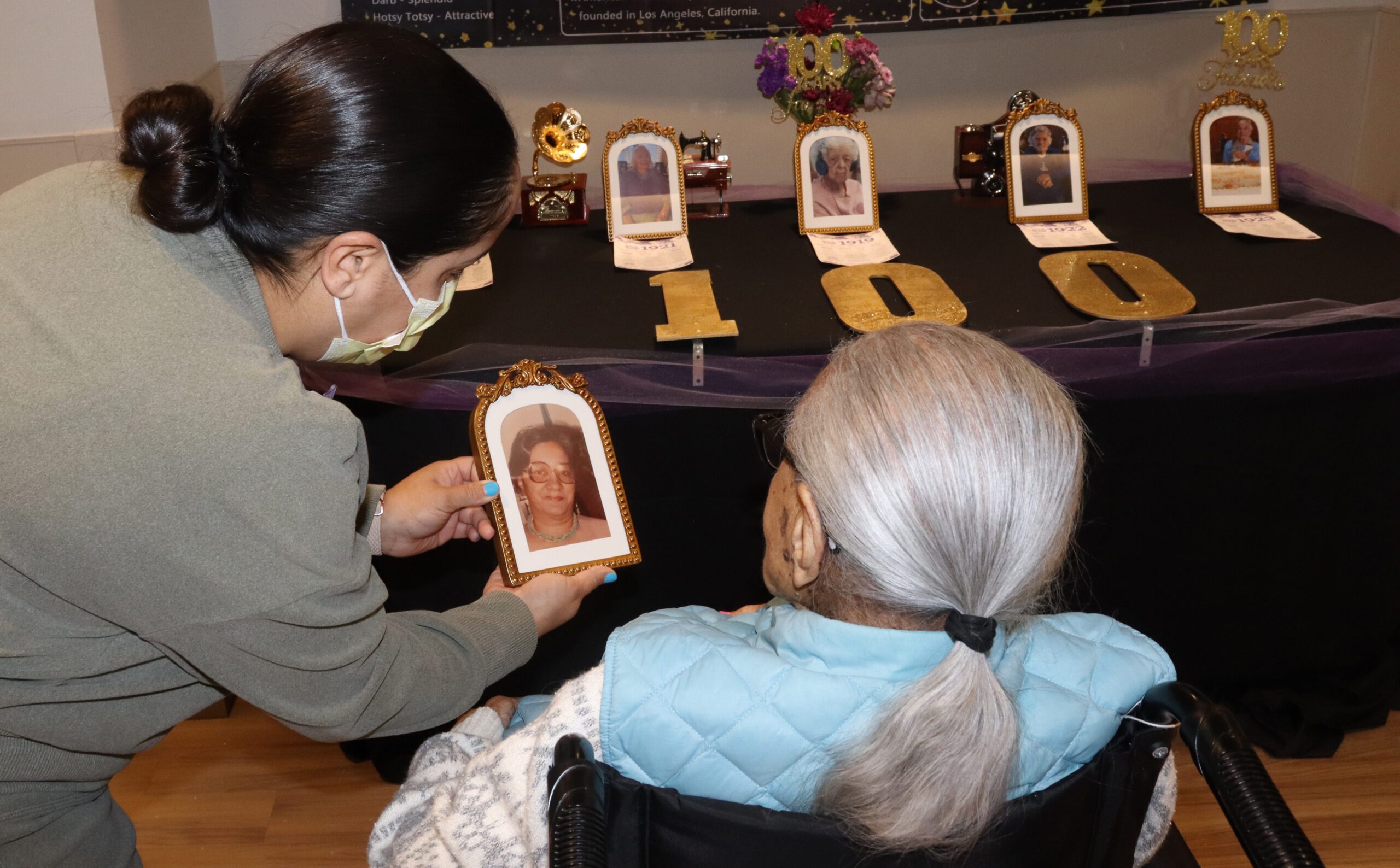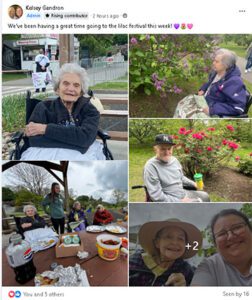3 Strategies for Combating Social Isolation Among Older Adults
Long before the United States Surgeon General declared a public health epidemic related to loneliness and isolation last year, the issue had been top of mind for professionals supporting older adults. For years, nationally recognized senior care movements like the Green House Project and Eden Alternative have driven innovation in the long-term care industry with core principles and philosophies based on combating social isolation.
St. John’s Social Workers harness their extensive training, experience, and creativity to combat social isolation, knowing that older adults who experience loneliness and isolation are at a much greater risk for other serious health issues. While these strategies apply specifically to social workers and residents at long-term care facilities, they are universally applicable to those who support older adults in any setting.
Engage in Deeply Knowing Relationships
One misconception about social isolation is that it only happens when a person is alone. The truth is that a person who is surrounded by people can still feel lonely and isolated. “That’s where really knowing our residents becomes especially important,” says Stacey Hall, LMSW, Resident Life Practice Partner at St. John’s Home. “It’s about time, knowing the person we’re working with, and paying attention to details.”

In a nursing home setting, Hall notes that those details often make all the difference. “Likes, dislikes, comfort levels, emotional response, and reasons for their fear or hesitation all come into play,” she says. “Engagement, involvement, and social relationships look and feel different for everyone.”
“We’ve done a variety of things to combat social isolation,” Hall says of the social work team at St. John’s Home and the recent work they have done. She references one-one-one visits, increased pet visits for residents who enjoy them, encouraged participation in community events, and even individual outings. Each of these activities requires a deep knowing that comes from making the effort to understand what brings joy and comfort to an individual.
Partner with Family Members and Schedule Time
It may seem impossible for social workers in a large nursing home—with hundreds of people living there—to carve out time with each individual resident. Still, St. John’s Social Workers like Kelsey Gendron know the importance of scheduling time to make sure residents stay connected with the people who are most important to them.
Gendron references a resident she has had a standing appointment with every week. David transitioned to St. John’s Home from independent living three years ago with his wife, who has since passed away. “His family all lives out of town—Germany, Massachusetts, and Florida,” Gendron explains. “Every Friday at 10:00 a.m. we Zoom with his family,” she says, noting that video chats were not particularly common prior to the COVID-19 pandemic. “Every week I go and get him to bring him to the iPad he tells me it’s the highlight of his week,” says Gendron.
David happens to be hard of hearing and has trouble seeing, which as Gendron explains puts him at greater risk of social isolation. “He often hugs me and tells me ‘thank you so much’ for setting up these video chats,” says Gendron. “This story always brings me a lot of joy because I know I brought him and his family more joy than I can explain. And it didn’t require much!”
Get Creative and Be the Connector
 Social work professionals are known for using the resources available to them for maximum impact. Their creativity in utilizing those available resources can be a great example for the rest of us.
Social work professionals are known for using the resources available to them for maximum impact. Their creativity in utilizing those available resources can be a great example for the rest of us.
Earlier this year, Kelsey Gendron started private Facebook groups for each of the neighborhoods she covers at St. John’s Home. Looking for a place “where I can post pictures and show families what we are doing,” as Gendron says, Facebook groups offer a low-risk solution for helping keep family members and residents connected.
According to Gendron, these online communities she has built have been a hit with family members both near and far. “I’ve had a few families come to me or write to me and thank me already,” she says. “I have been posting the weekly bulletins and the families really like that.”
Helping long-term care residents feel connected to their family members goes a long way towards making them feel less isolated. Finding creative methods of communication can help social workers engage family members, making them key partners in the overall care and well-being of the resident.
